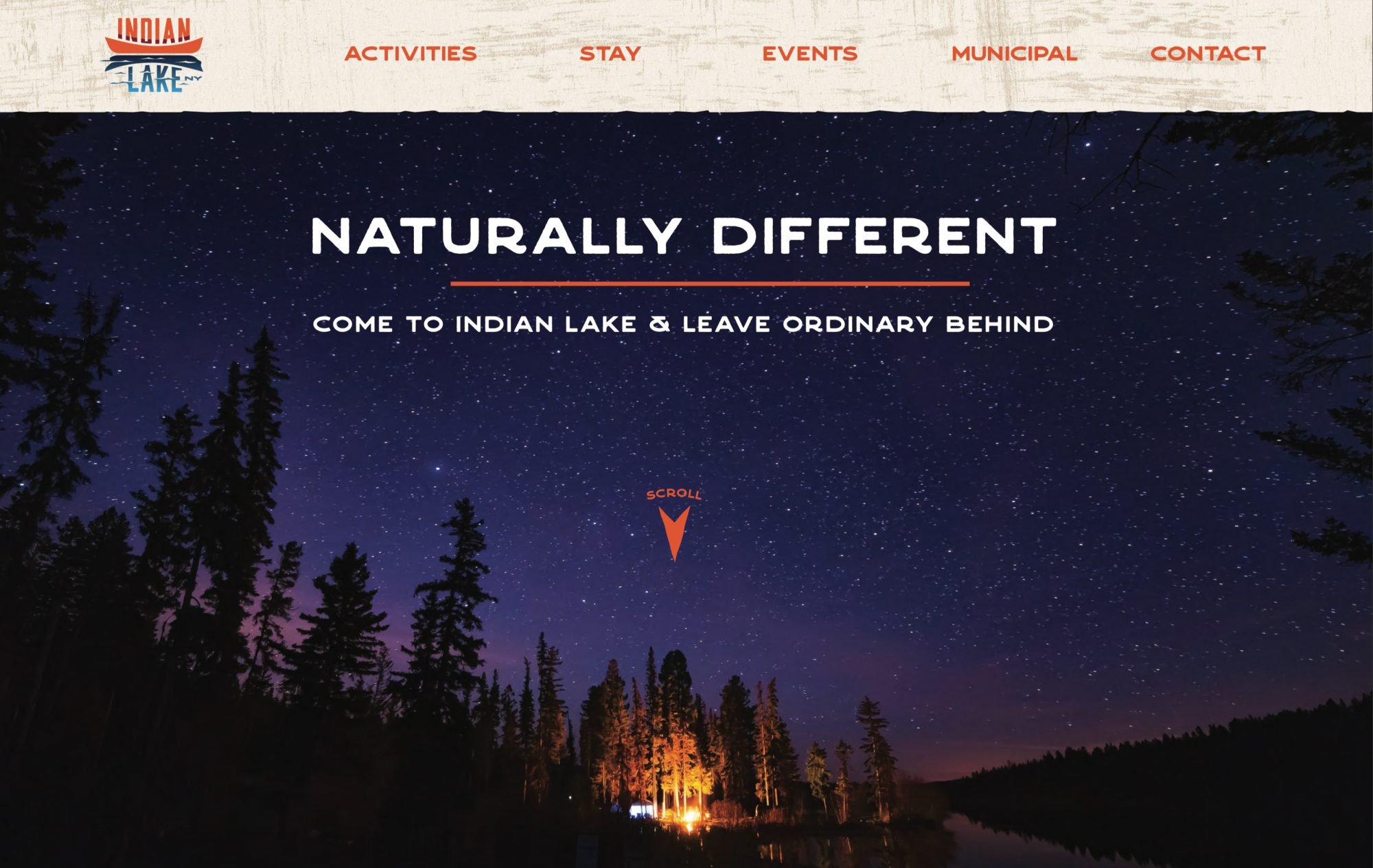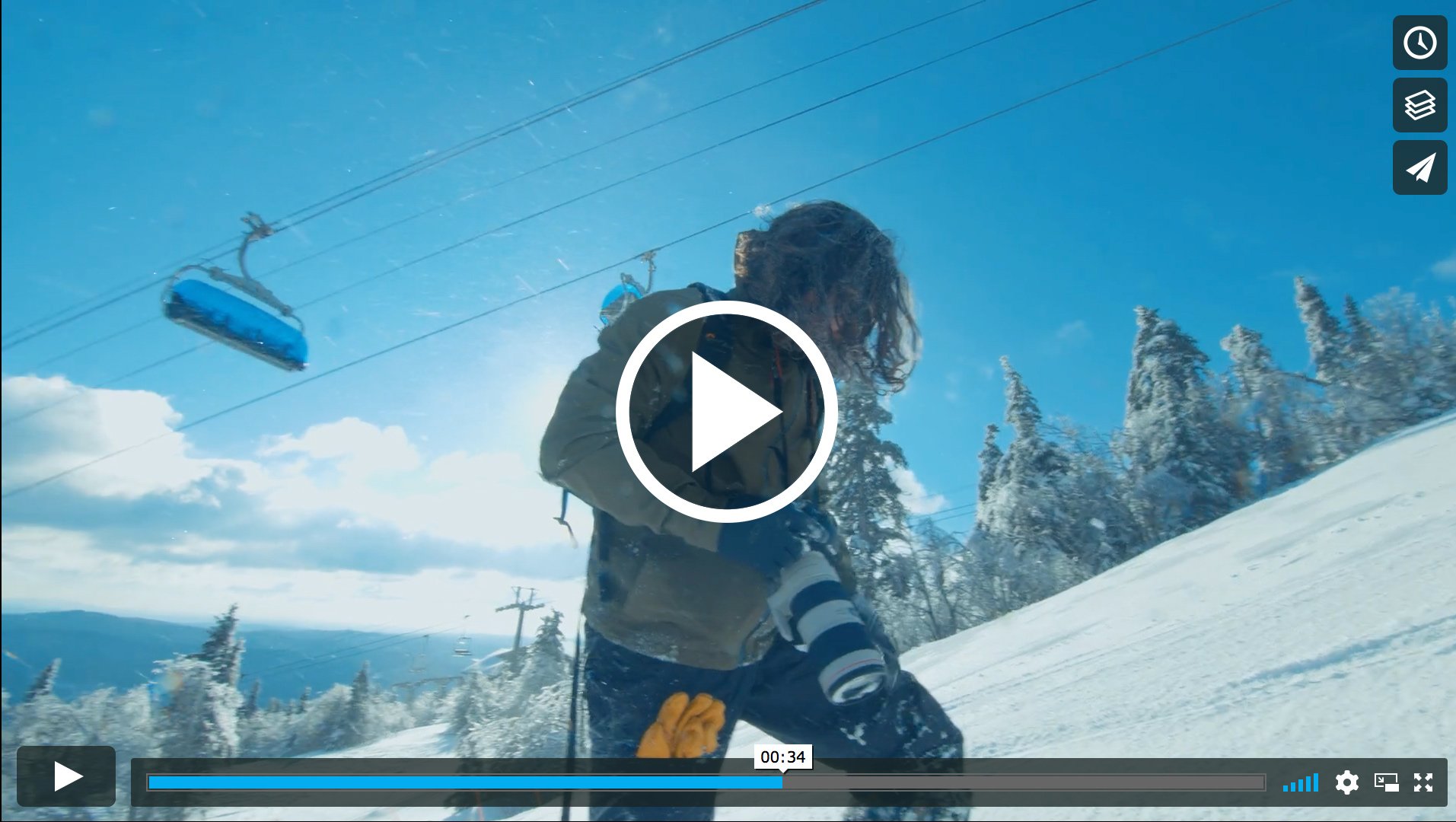Graphic design at world's end: Recognizing the need to keep communicating
World's end, too dramatic? Maybe. But right now, California is burning, millions are infected with a virus that has isolated, well, everyone. Entire industries have collapsed. We've watched, helplessly, as professional sports ride the bench as a whole, to protect their health (or denounce inequality). We shook our heads as our favorite shows and movies had production grind to a halt. Against a backdrop of global warming, immigration issues, social unrest, and political posturing—do we really expect people to care about Pantone chips, frame rates, serifs, and spacing?Yes.
During times of uncertainty, people cling to communication
^ Communication is critical during times of crisis—a pandemic, a war, a natural disaster. People need touchstones, to connect and to feel seen. It's why certain types of art flourished during the Great Depression—human beings need to connect.
We seek reason and purpose, we crave escape and wonder. Granted, it's what we do, so it's important to us for obvious reasons, but design and thoughtful communication matter in times like these. Now is the time to create, write, edit, draw, and design.
When nothing makes sense, people want help.
^ Design can make things easier.
That's literally the whole point. Pandemic stakes are raised from the get-go, and people are looking for clarity: organization, hierarchy, structure, columns, soft returns, bullet points.
What does design have to do with street and confusion?
^ Design puts others first. It literally presents people with things created specifically to help them and to make them feel a certain way.
We're all working for an audience if we're doing our job right. Take away market share or profit, strip away everything but connection. Making an impact and establishing a bond demands that we turn outside of ourselves and genuinely consider someone else. How can we make connections or introductions? How do we present data in a way that applies to the person who will find meaning in the message? Now, more than ever, that makes a difference.
Does anyone even notice design?
^ Design provides consistency. When done right, design can offer a primal soothing—an understanding that things are as they should be.
With the world turned on its head, suddenly structure is incredibly appealing. Design provides formation, harmony, and order. Rules, measurements, grids. We divide a camera frame into thirds, and everyone feels better. They don't know why, but still. Brand architecture standardizes colors, artwork, direction, and tone, with a guarantee that puts consumers at ease. Repeat impressions reinforce the meaning and surround the right audience with messages that reassure.
If people are overwhelmed, what's the difference?
^ Design stands out. Despite the cacophony of fear and panic, a deliberate message of purpose and value can breakthrough.
Now is the time to make some noise. Nothing levels the playing field like a stay-at-home directive. Brands need to deliver on their promises in the absence of actual experiences. A cursory scroll through your Facebook feed reveals a cluttered mess of memes, fail videos, and digital ads trying to do too much. It's a mess of opinions and poor execution that design can rise above to create straightforward, meaningful, shareable content. It's about more than being seen, people will return to you, pursue more of the positive feelings your efforts make.
How do you get attention?
^ Design stays focused on the task at hand. The ability to attract and sustain someone's focus is through strategic execution of a vision. I want you to feel this way, I know what you are up against, so I am going to deliver this to you like so.
Distraction is, ironically, the only constant these days. We're parenting, dog-walking, Zooming, cleaning, eating (again), and desperately trying to remember that thing we were just going to mention. We've all been in a bit of a fog. For some, it's a light mist, for others—a pea soup that a lighthouse couldn't cut through. Creative communication captivates in a way that pulls an audience in. Whether it's a well-considered direct mail piece that isn't cast aside with the other envelopes or a TV spot that really hits home. Good design can create moments of connection, and cut through the emotional clutter we're all managing.
The old adage about getting back what you put in is true.
^ Design drives profits.
Ugh, this is so salesy, but it's true. It's also necessary, a pandemic doesn't eliminate the need to stay out of the red. You keep watering your plants and walking your dogs; businesses and organizations need to keep going—what "going" is may have to change. With apologies to Mark Twain, "...lies, damn lies, and statistics." Here are some figures: Design-led companies outperformed the S&P 500 by 211% according to DMI & Motiv Strategies. Design-centric businesses increase their revenue 32% faster than their industry counterparts. Communication moves the needle, even when times are, wait for it: unprecedented.
^ Design is local.
Our team has gained a new appreciation for each and every project. We've stood side-by-side with our clients in higher ed, healthcare, tourism, and destination marketing as they've weathered 2020. Working together on deadlines, budgets, and projections have, in many cases, brought agency and client closer together.Back to the apocalyptic headline: this year, it's tough to predict what will happen, and understandable that companies will be cautious with spending...but there's always room to look good. To deliver the right message. One that's targeted, memorable, and builds momentum.
 .sqs-block-summary-v2 {
.summary-title-link,
.summary-heading {
font-family: archivo black;
font-weight: 400;
font-size: 2rem !important;
color: ffffff;
} }
.sqs-block-summary-v2 {
.summary-title-link,
.summary-heading {
font-family: archivo black;
font-weight: 400;
font-size: 2rem !important;
color: ffffff;
} }








